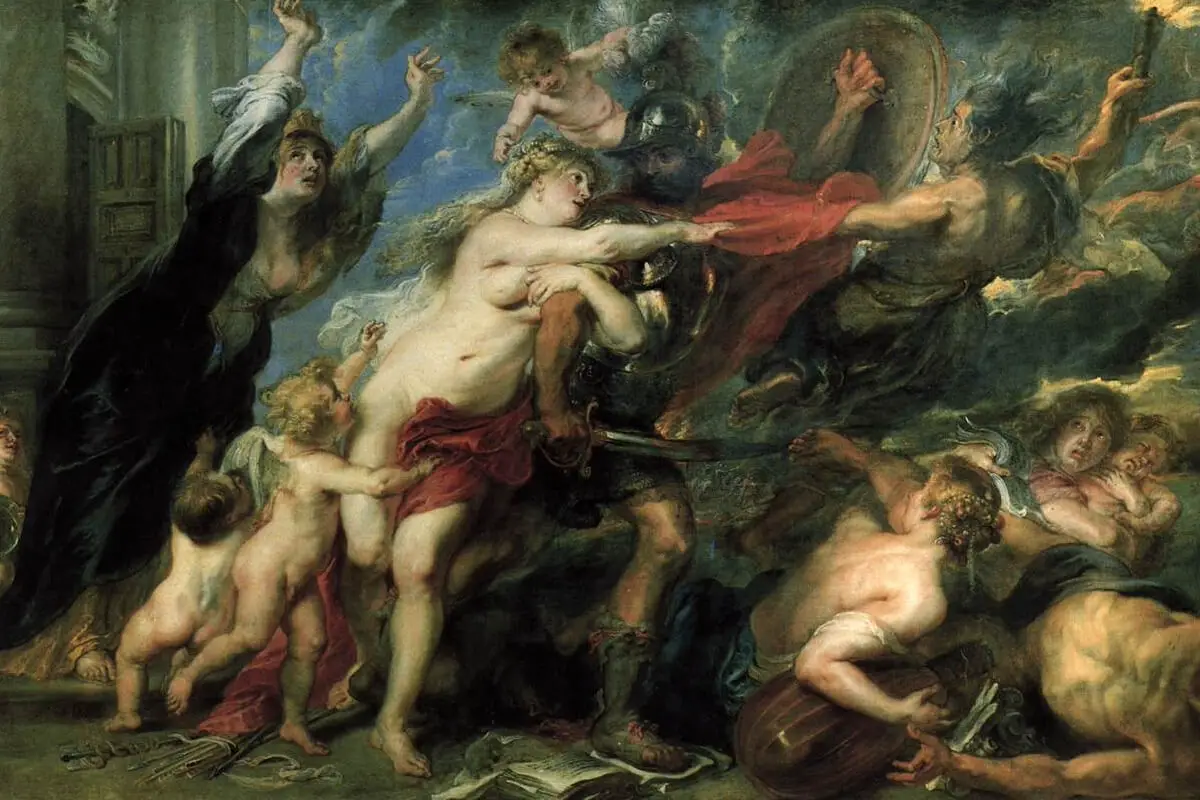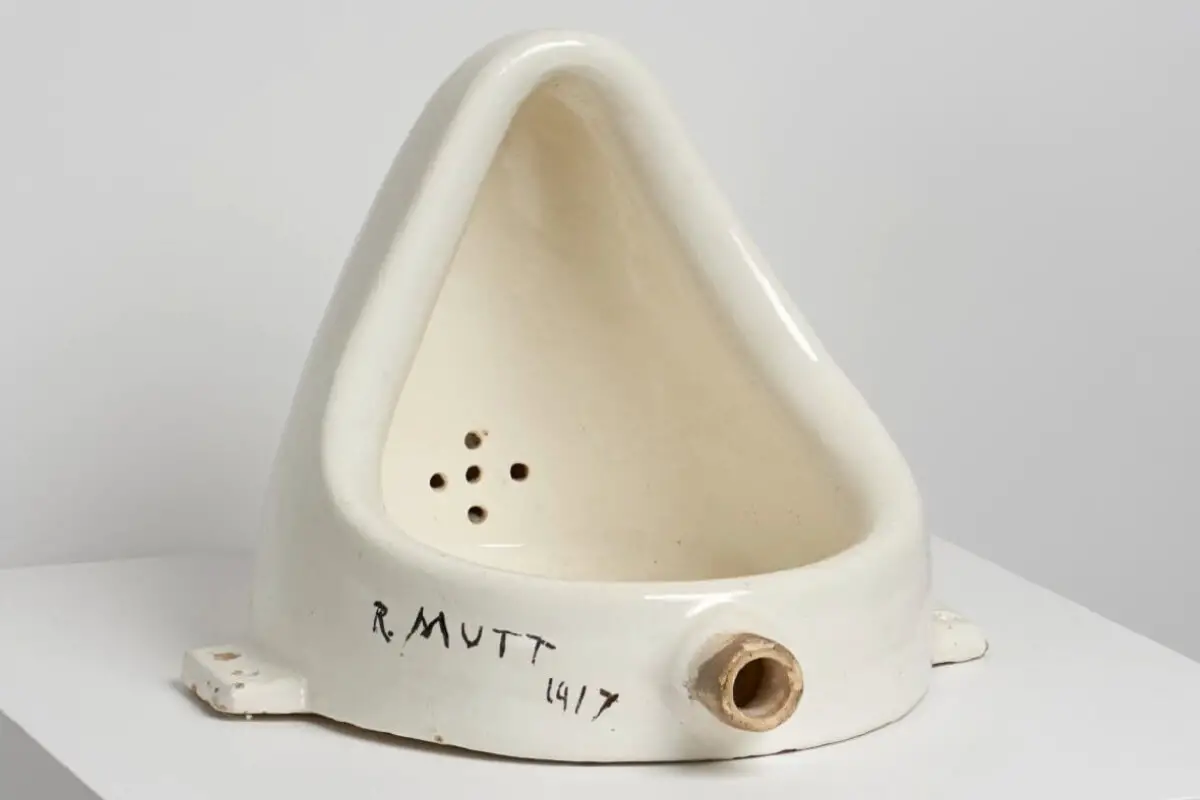Category: Art Movements
-
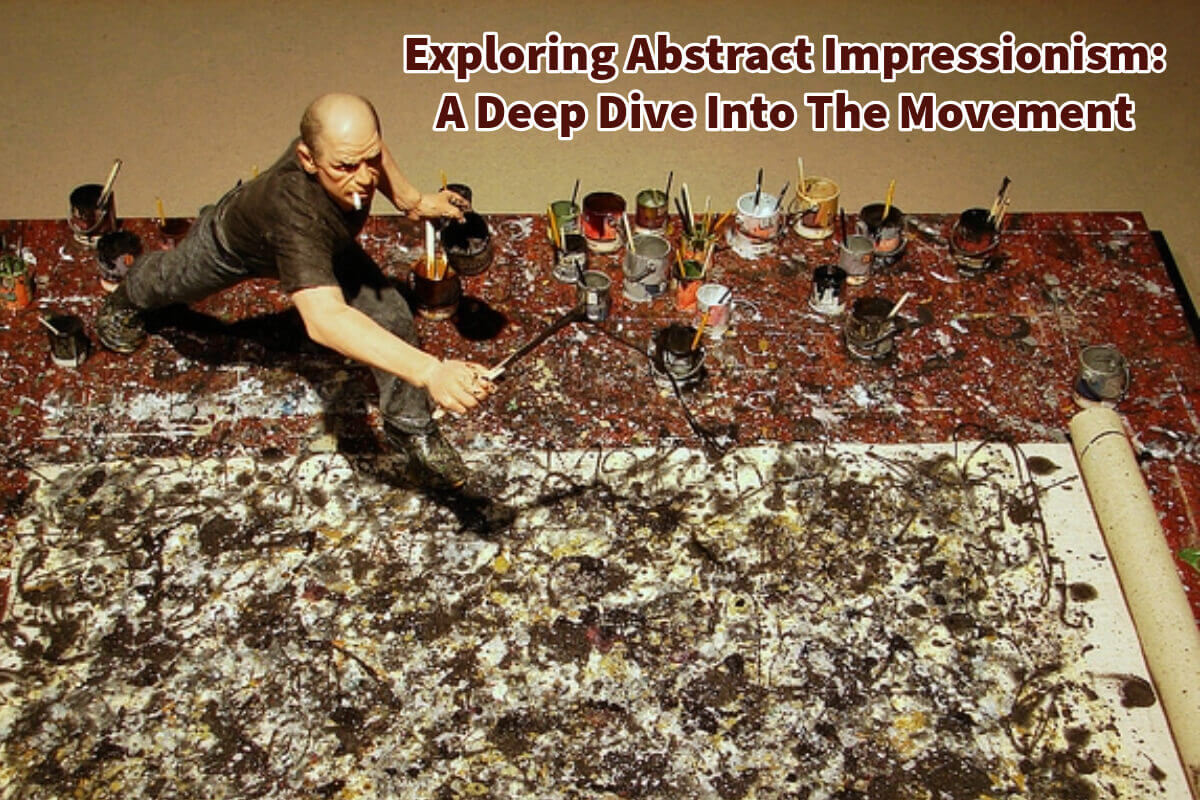
Exploring Abstract Impressionism: A Deep Dive Into The Movement
Abstract Impressionism marks a significant shift in the art world, geographically and stylistically. After World War II, the center of the art world moved from Europe to America, mainly to New York. Abstract Impressionism This change was fueled by the influx of European artists and intellectuals fleeing the war, as well as the burgeoning cultural…
-
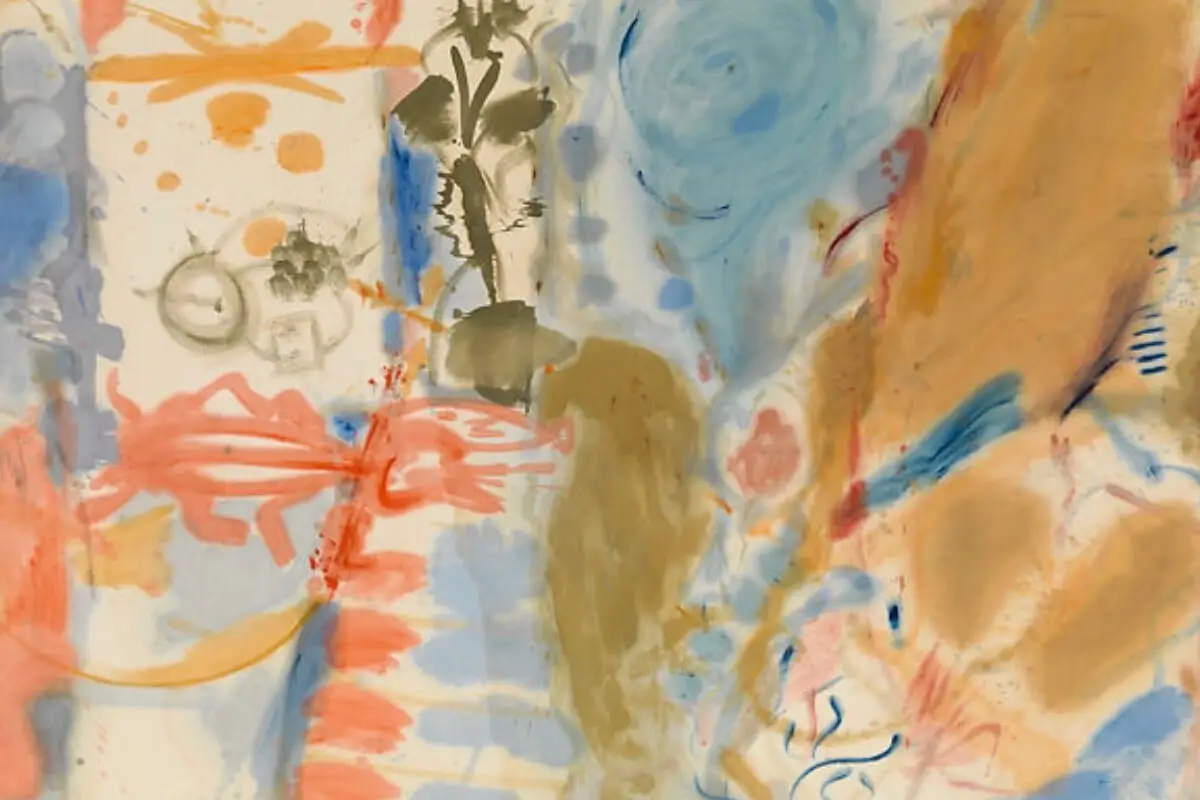
Exploring the World of Abstract Paintings
Abstract art represents a bold transformation in the art world, moving from realistic renderings of the physical realm to focusing on the essence of shape, color, and line. This shift has not only reflected changes within the art community itself but has also mirrored broader societal and technological shifts. From its early pioneers to the…
-

3 Artistic Movements Of Hawaiian Art: A Journey Through Time
Hawaii, a destination renowned for its breathtaking landscapes and rich cultural heritage, also boasts an incredibly vibrant art scene that often goes unnoticed by many. The artistic expressions of this island paradise span centuries, evolving through significant historical periods that mirror the transformation of its society and culture. This exploration into the three pivotal stages…
-
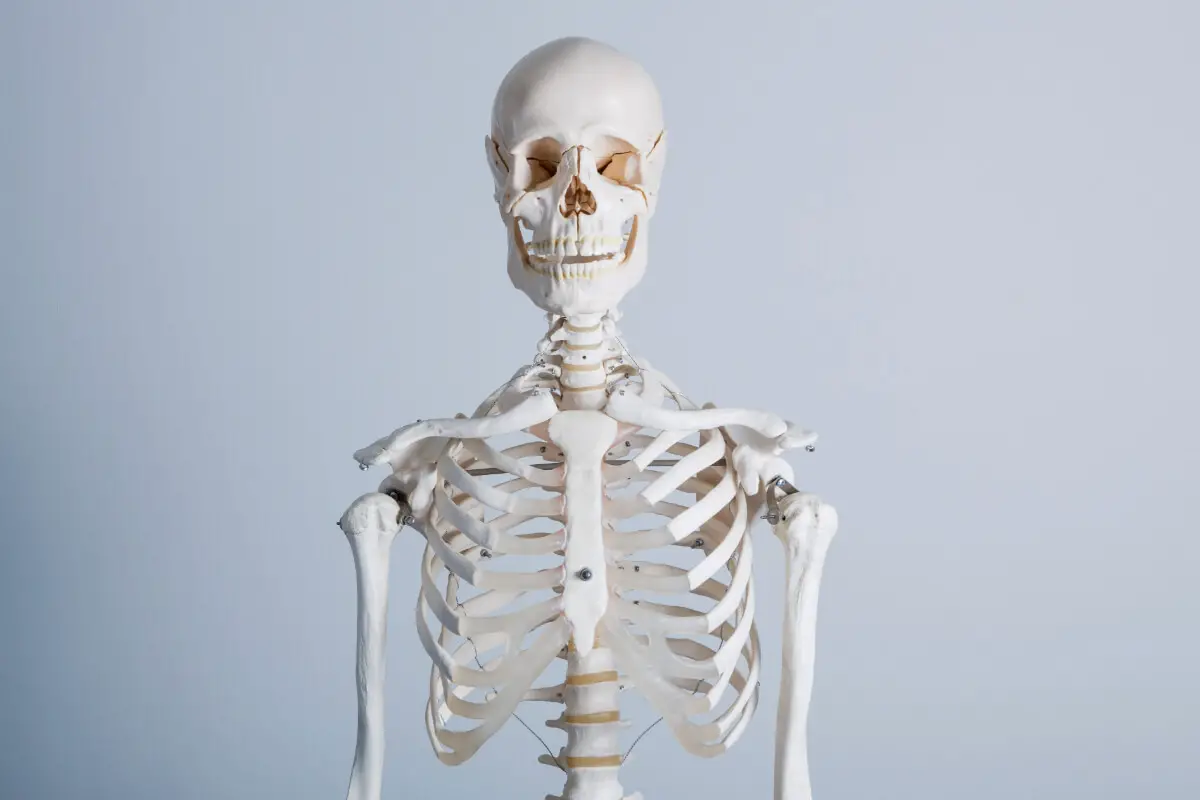
Mastering Artistic Human Anatomy
Throughout history, the human form has captivated the artistic community as a canvas to explore the convergence of art and science. This timeless fascination has led to the mastery of human anatomy, continuously refined through centuries of cultural transformations and scientific achievements. The evolution from ancient artistic endeavors to sophisticated Renaissance masterpieces reveals a compelling…
-
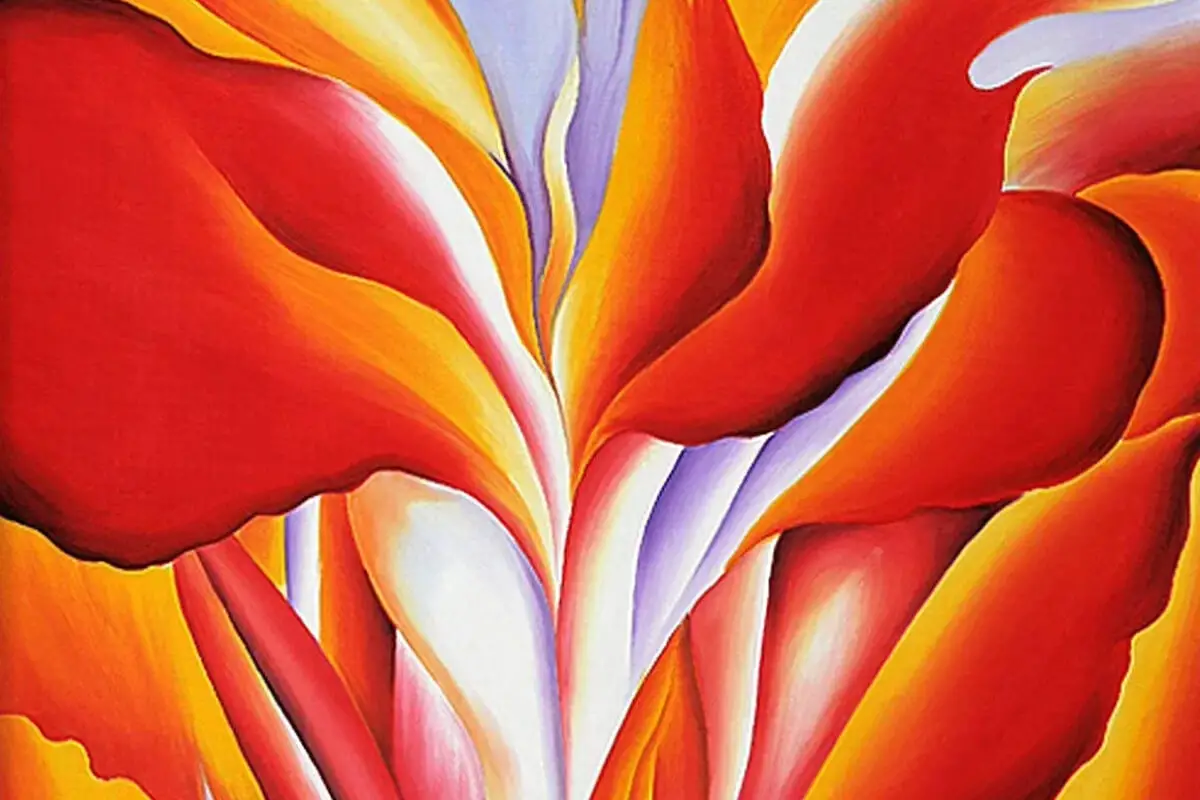
Exploring Abstract Landscape Art
Embarking on a journey through the ethereal domain of abstract landscape art is akin to exploring uncharted territories of the human psyche, where the furrows of a painter’s canvas converge with the vast expanse of emotional resonance. This realm, where the tangibles of earth and sky shimmer into a vortex of color and form, has…
-
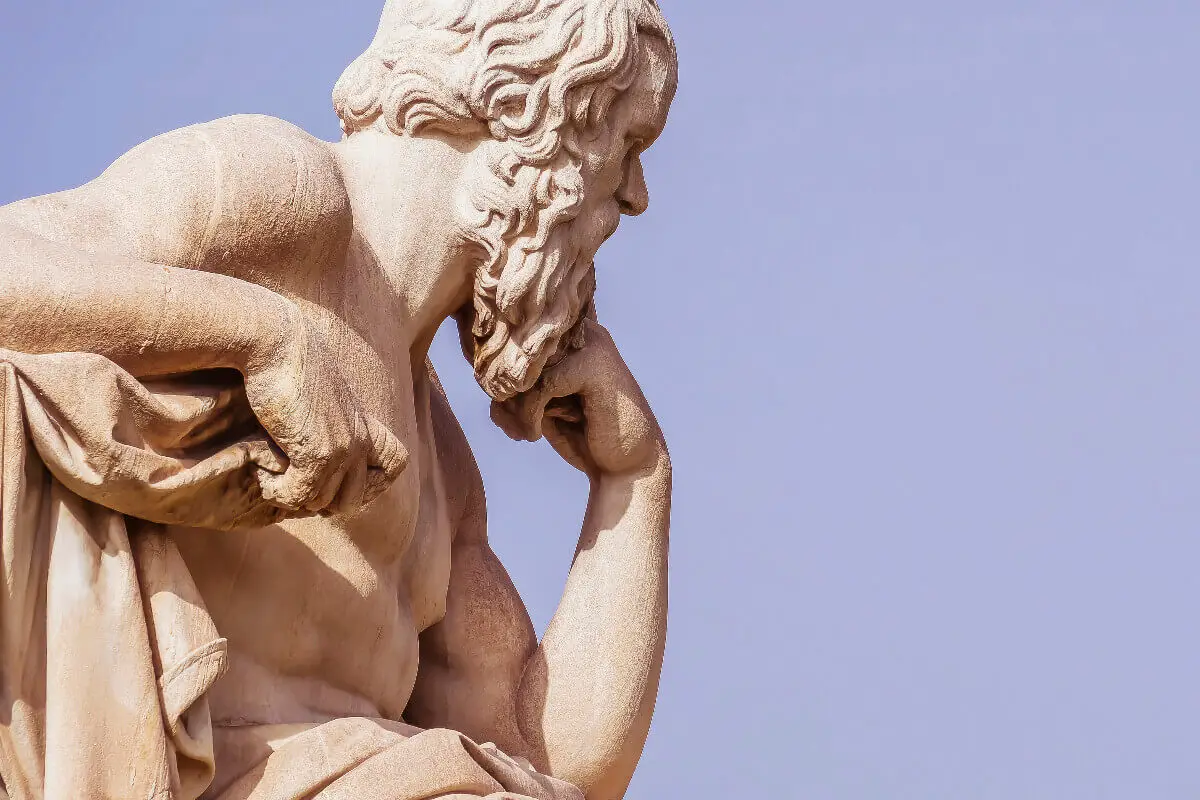
Exploring Ancient Greek Sculptures
The pantheon of ancient Greek sculpture stands as a sentinel to the brilliance and ingenuity of human creativity, weaving a narrative that extends from the Archaic period’s rigid forms to the Hellenistic era’s dynamic expressions. Within this artistic odyssey, we uncover the evolution of an art form that has profoundly influenced the cultural tapestry of…
-
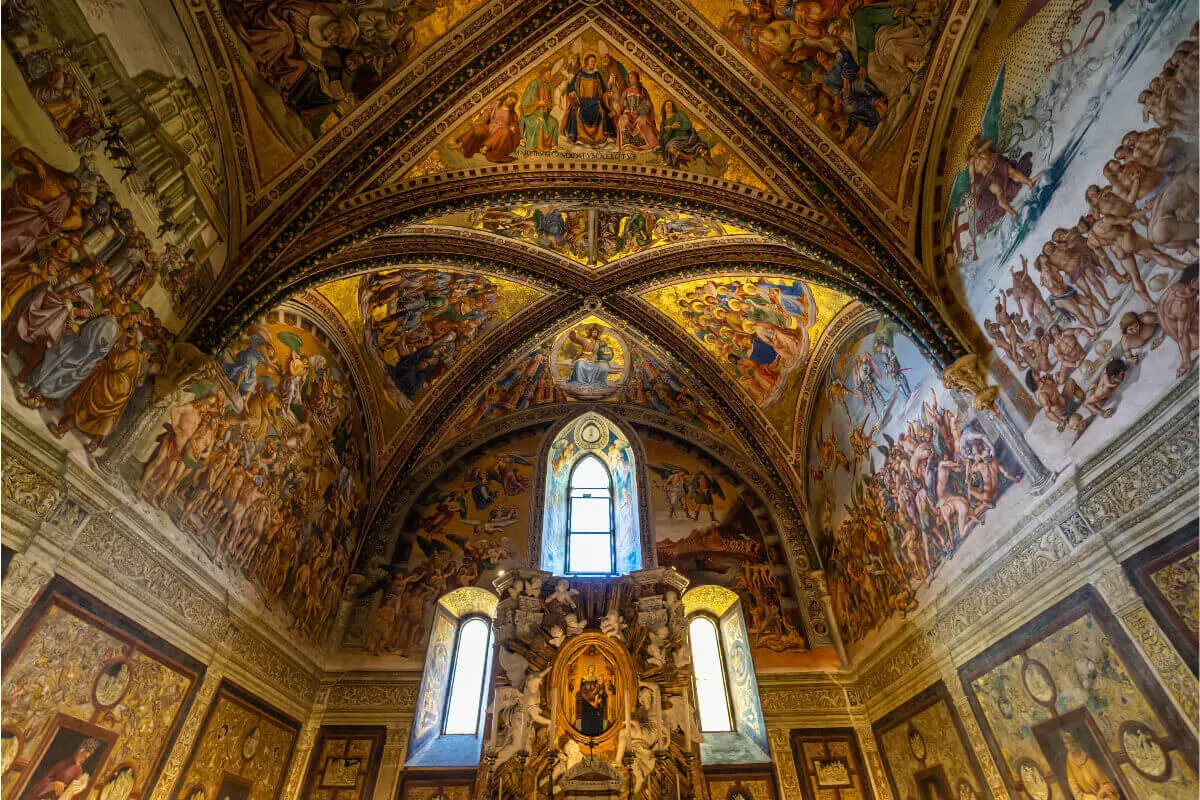
Essential Guide to the Renaissance Era
In the waning embers of the medieval era, an intellectual and cultural revival began to stir within the heart of Europe, setting the stage for a period known as the Renaissance. The very essence of this revival was marked by a profound reconnection with the classical past, heralding the dawn of a new age in…
-
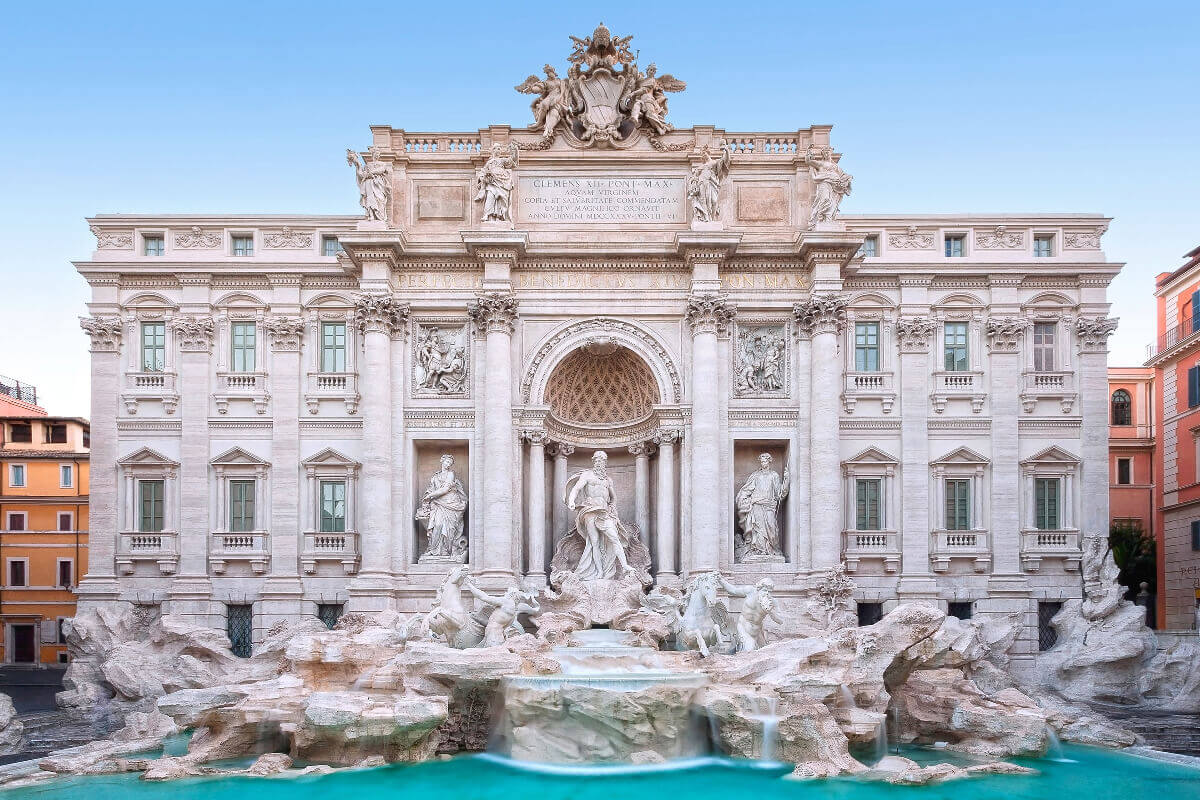
Dawn of the Italian Renaissance
The Italian Renaissance, a beacon of art, culture, and thinking, marks one of the most transformative periods in human history, emerging out of a unique confluence of factors that coalesced in Italy from the 14th century onward. This efflorescence of human creativity traces its roots to a range of historical and cultural preconditions, including the…

